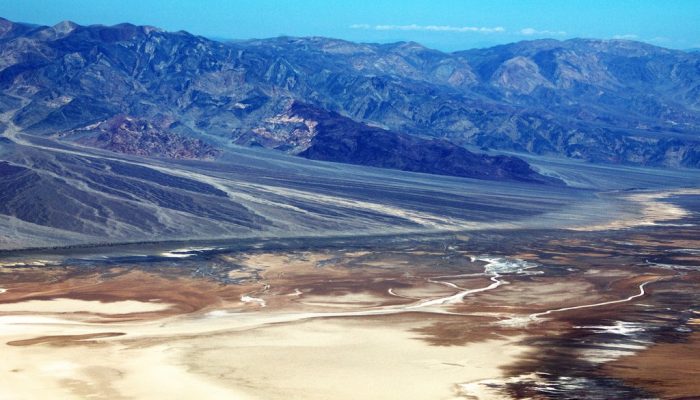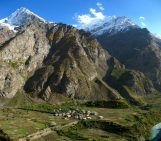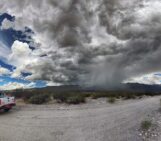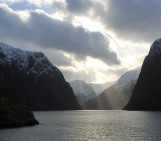
With rocks dating as far back as the Precambrian, mountain building events, violent volcanic eruptions and being covered, on and off, by shallow seas, Death Valley’s geological history is long and complex.
Back in the Cenozoic (65 to 30 million years ago), following a turbulent period which saw the eruption of volcanoes (which in time would form the Sierra Nevada of California) and regional uplift, Death Valley was a peaceful place. There was no deposition of sediments, nor emplacement of igneous rocks. The valley was being eroded, slowly.
Fast forward a few thousand years, to the Miocene (ca. 27 million years ago) and all that changed. New volcanic eruptions drove the onset of a major extensional event, which saw basins and ranges develop into Death Valley as we know it today.
The tectonics of the region were also complex: the North American plate was riding up and over the Pacific plate, but around the same time as the extension started in the basin, the spreading centre of the Pacific plate intersected with the Fallon Plate, splitting it in half. The northern section became the Juan de Fuca plate and the San Andreas Fault was created between the remnants of the subduction zone.
The Panamint Range – a fault-block mountain range on the edge of the Mojave Desert – formed as a result of the powerful tectonic events. Initially, it rode over and piggy backed on top of The Black Mountains, before sliding towards the west. As the mountain ranges slid apart, the valleys lost height too and started receiving sediment.
The sediment influx happens to this day, as evidenced in today’s Imaggeo on Monday’s photograph, taken by Marc Girons Lopez, a hydrologist at Uppsala University (Sweden).
“The photograph was taken from Dante’s View viewpoint terrace and shows the Death Valley on the foreground and the Panamint Range on the background,” describes Marc.
At present, a series of alluvial fans drain the Panamint Range, forming triangle-shaped deposits of gravel, sand and silt. These fans are formed through the deposition of sediments eroded from the Panamint Range during flash flood events.
Marc says that “the colour of the sand forming the alluvial fans relates to their age; the clearer the tones the younger their age.”
The salt flats in the foreground, which are covered in salt and other minerals, are the remnants of Lake Manly, a landlocked lake system which drained to no other bodies of water such as rivers or oceans. The lake was present during the Pleistocene era (2.85 million years ago) and slowly evaporated as the region progressively desertified. The evaporitic salts have been exploited in modern times.
If you pre-register for the 2017 General Assembly (Vienna, 22 – 28 April), you can take part in our annual photo competition! From 1 February up until 1 March, every participant pre-registered for the General Assembly can submit up three original photos and one moving image related to the Earth, planetary, and space sciences in competition for free registration to next year’s General Assembly! These can include fantastic field photos, a stunning shot of your favourite thin section, what you’ve captured out on holiday or under the electron microscope – if it’s geoscientific, it fits the bill. Find out more about how to take part at http://imaggeo.egu.eu/photo-contest/information/.




